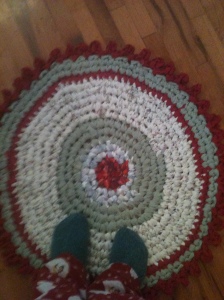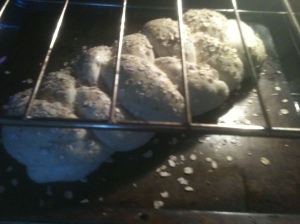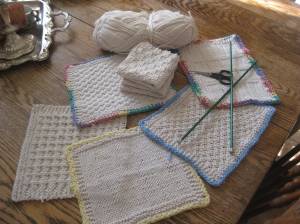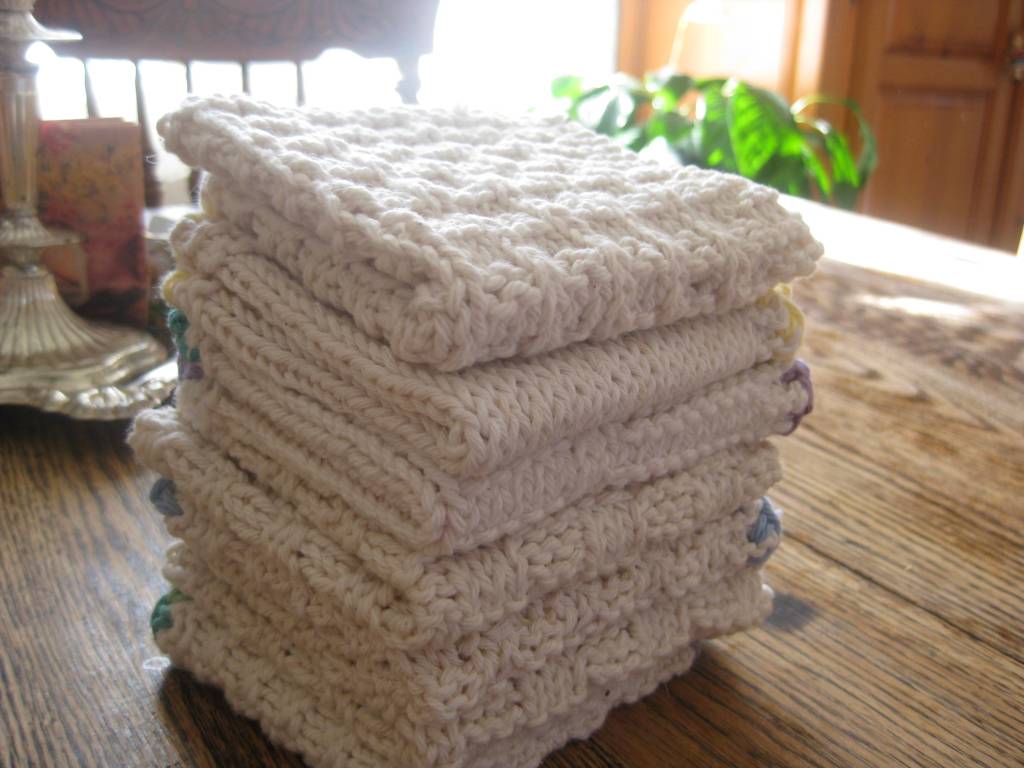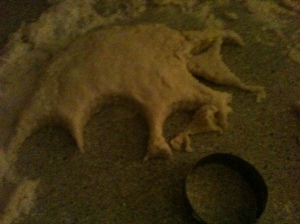Over the past few months, especially as the weather has gotten colder, I have done my best to always have a soup or stew in the refrigerator, for an easy lunch or quick meal at home. Homemade soups made of homemade bone broths are good for every part of your body. On a Saturday or Sunday, pop a chicken carcass or beef soup bones into some salted water, with a couple bay leaves, some rosemary, onion, garlic, carrot, turnip, and maybe even some celery. Bring it to a boil, and then turn it down to a low simmer for most of the day. Strain through a colander and cheesecloth. Throw the veggies on the compost or feed them to the chickens.
The taste of homemade broth is so much better than anything you could get in a can or a box, and it is packed with nutrients. Store in a bottle for use through the week.
I try and mix up my soups so that the kids don't get bored but I use my homemade bone broth as the base. The broth is good heated alone in a mug, but some of our other favorites are corn chowder, cream of broccoli or mushroom, French onion, chicken or turkey vegetable, potato with cheese and bacon, seafood chowder and tomato basil. I sometimes use my homemade broth with ramen noodles.
This is definitely a healthier alternative to the flavor packets that come with the noodles. If it looks like you won't use all of your broth within a week, try freezing it in ice cube trays, storing them in containers to add flavor to stir fries and rice.



